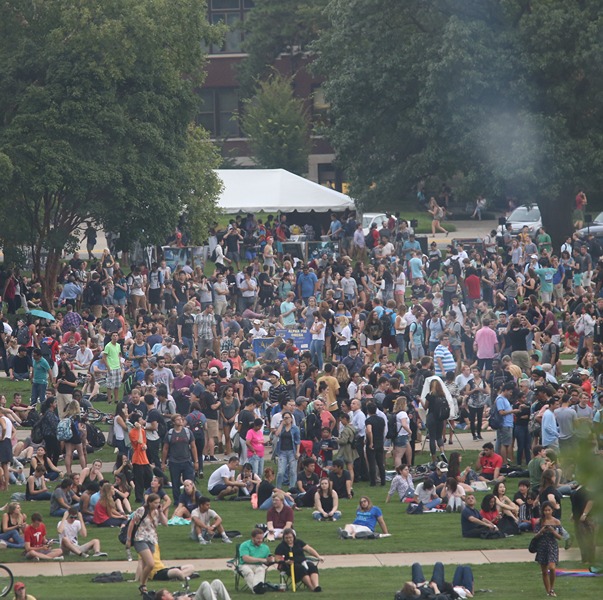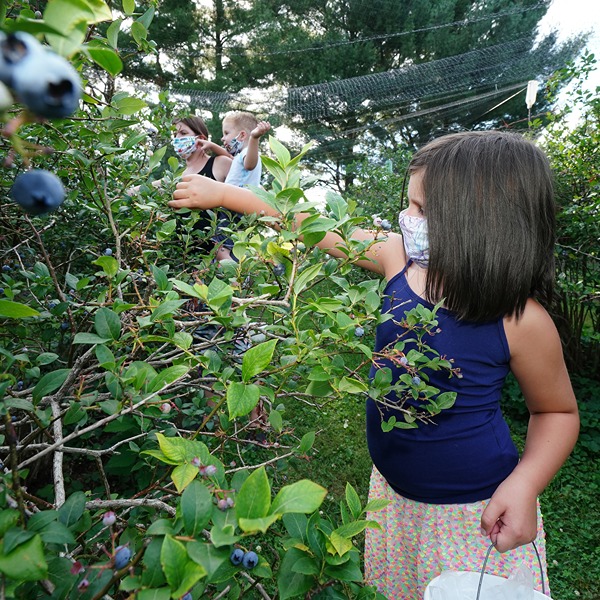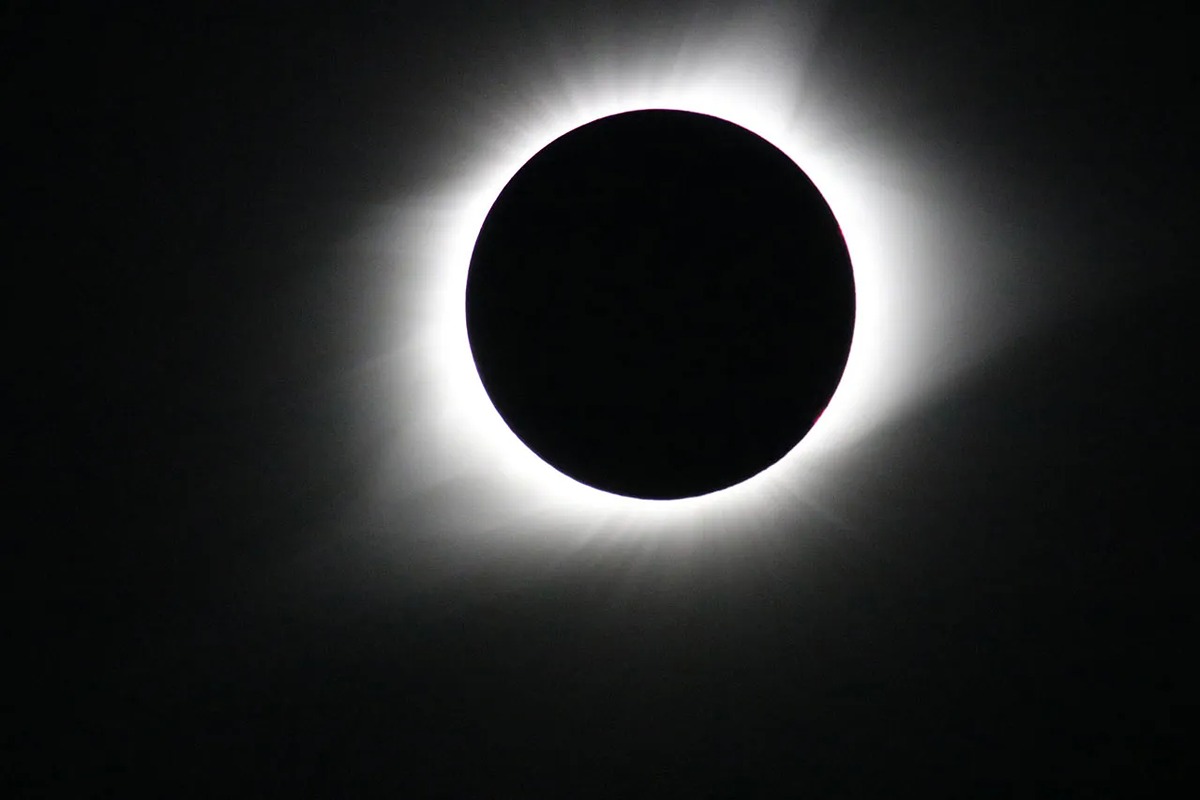A Hoosier’s guide to the galaxy, or at least the 2024 Eclipse
Cool wind brushes against your bare shoulders. A t-shirt felt like enough when you put it on this morning, but goosebumps now ripple down your arm. The shadow behind you suddenly seems sharper, but you have trouble keeping your eyes on the ground to study it. Your face is locked on the sky above you as day rapidly falls to twilight, as sunset and sunrise occur simultaneously on every horizon, as silvery wires leave a halo where the sun used to be.
This year on April 8, central and southern Indiana fall directly in the path of a total solar eclipse. For a hub of regularly updated information about the eclipse and how it will impact Hoosiers, check out Purdue Extension’s eclipse web page.Totality, eclipses, and umbraphiles:
Millions of small explosions flare off of the surface of the sun in a constant, energetic dance that’s typically invisible to the human eye. On rare occasions, though, the moon’s orbit lines it up perfectly in between Earth and the sun, covering the star from our view and giving us a few minutes of darkness in the middle of the day. During this total solar eclipse, we can see the activity of the sun’s atmosphere, or corona.
While Indiana experienced a partial solar eclipse in 2017, Indianapolis and surrounding areas are directly in the path of totality for the eclipse on April 8. People flock to the center of the path of totality—where the eclipse will last the longest—to experience this life-changing event. These umbraphiles, or eclipse chasers, are predicted to make Indiana a lot busier than normal this April.
'Weather' or not the conditions are ripe, traffic is coming:
Indiana’s weather has been known to change on a dime, especially in April, so the visibility of the eclipse may be affected. The National Weather Service in Indiana has made a one-stop shop to view what April 8 looked like in past years. It has information about temperature, cloud cover, precipitation and will eventually have forecasts as the date grows closer.
 If Indiana has clear skies and sunny weather, it will draw huge crowds from across the country. Even if it’s cloudy or rainy, many umbraphiles may still head this way if it’s their best option. This means lots of movement and lots of traffic.
If Indiana has clear skies and sunny weather, it will draw huge crowds from across the country. Even if it’s cloudy or rainy, many umbraphiles may still head this way if it’s their best option. This means lots of movement and lots of traffic.
Sam Lashley, a warning coordination meteorologist at the National Weather Service, said the hotels and Airbnbs across Indiana are already getting booked up. “Some hotels are requiring a stay of two nights or more to make a reservation for April 8.”
The eclipse will happen a few minutes after 3:00 p.m. EST, around the time many Indiana public schools typically let out. To avoid student buses getting stuck in traffic, some districts have decided to close school on April 8. Parents and guardians should check with their local school district to see whether or not the school will be open during the eclipse, and, if open, what safety plans are in place in case of high traffic.
When one door closes, a barn door opens:
With hotels and Airbnbs already filling up, and prices for them skyrocketing, many umbraphiles are interested in alternative places to stay. This opens the door for Hoosier landowners to hold events and host visitors.
in alternative places to stay. This opens the door for Hoosier landowners to hold events and host visitors.
Linda Baird, owner of Cornucopia Farms, knows this is a huge opportunity for agritourism. Umbraphiles will be looking for something to do in Indiana before and after the eclipse, and farms can run several activities. Baird’s family-run farm in Scottsburg, Indiana, was first known for its pumpkin-picking, but it has since hosted school trips, opened a farm shop, and set up a corn maze.
If you’re thinking of hosting people for the eclipse on your land, Marsha Salzwedel, from the National Children’s Center for Rural and Agricultural Health and Safety, recommends safeagritourism.org as a great place to start. The website has interactive walkthroughs, printable checklists and other agritourism resources.
How to safely watch the eclipse:
If you’re interested in watching the eclipse with a group and learning more about it, Purdue University is partnering with the Indianapolis Motor Speedway to host the Total Solar Eclipse Viewing on April 8 at one of NASA’s select broadcasting sites in the path of totality. The Indianapolis Zoo will also be offering information about how animal behavior changes during a total solar eclipse in the xZooberance event on select dates from March 21 to April 14, including the day of the eclipse.
Eclipses can be dangerous to watch—staring at the sun is harsh on our eyes. You can view the eclipse safely with your naked eye only when the sun is completely covered by the moon. Before and after, you’ll need solar-filter glasses or handheld viewers.








